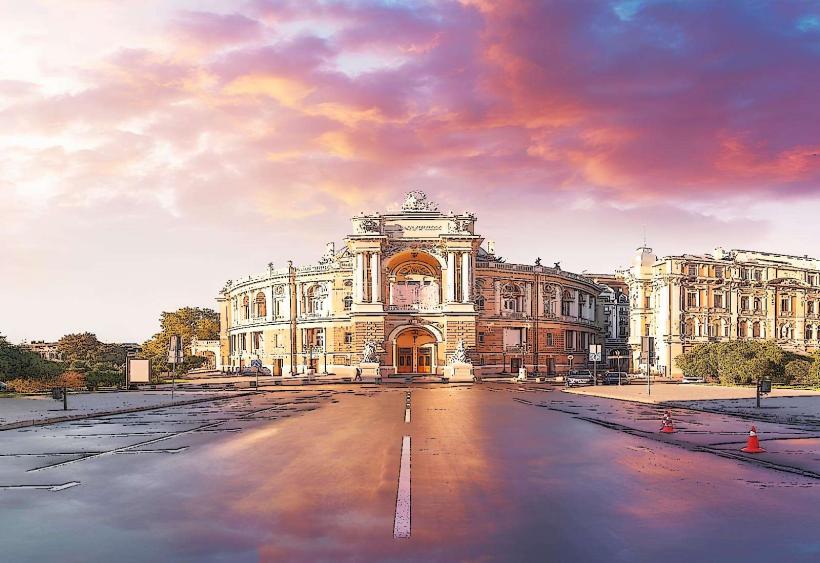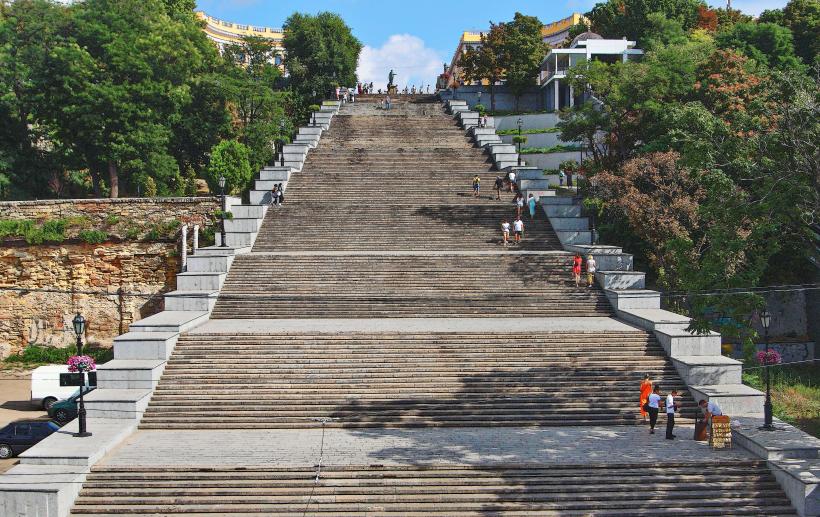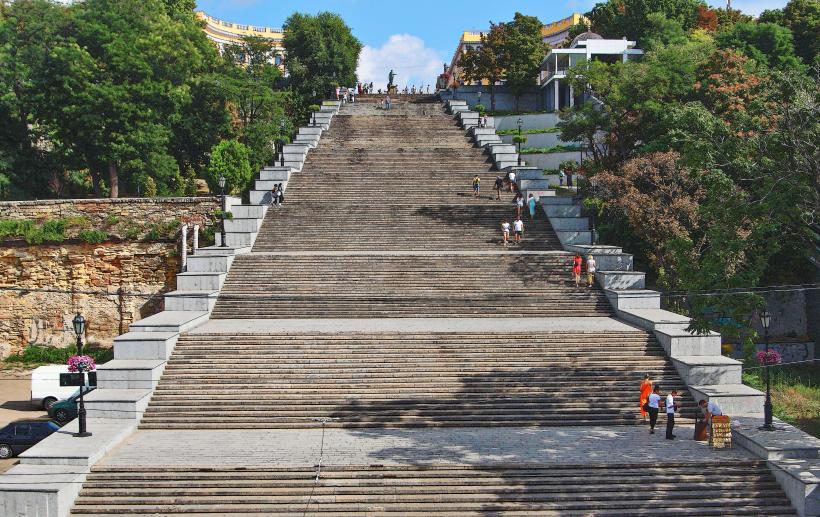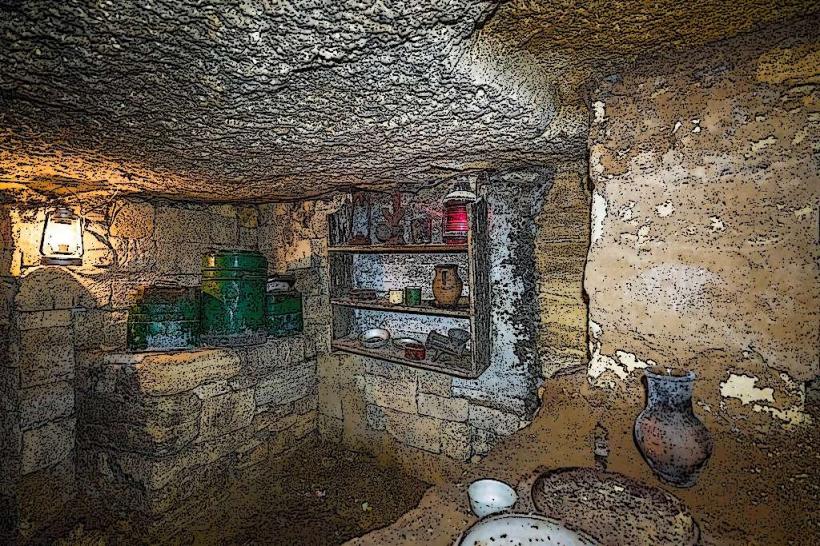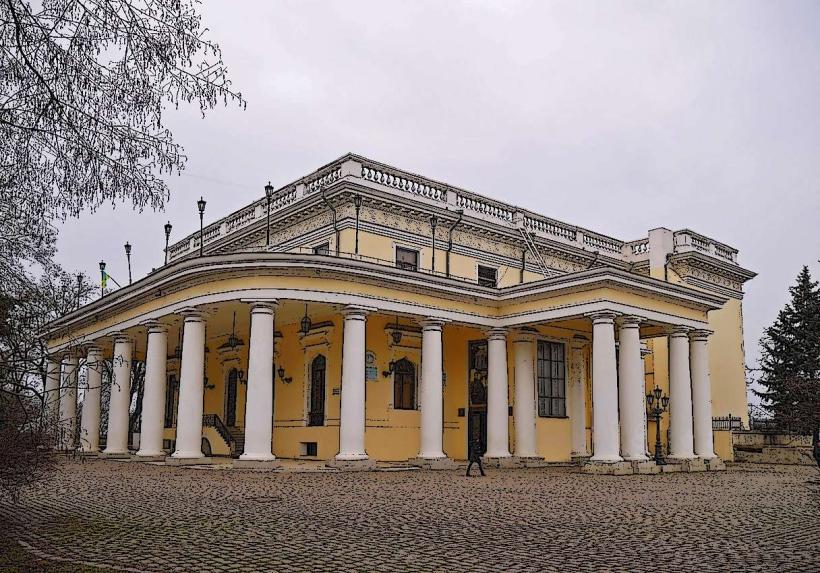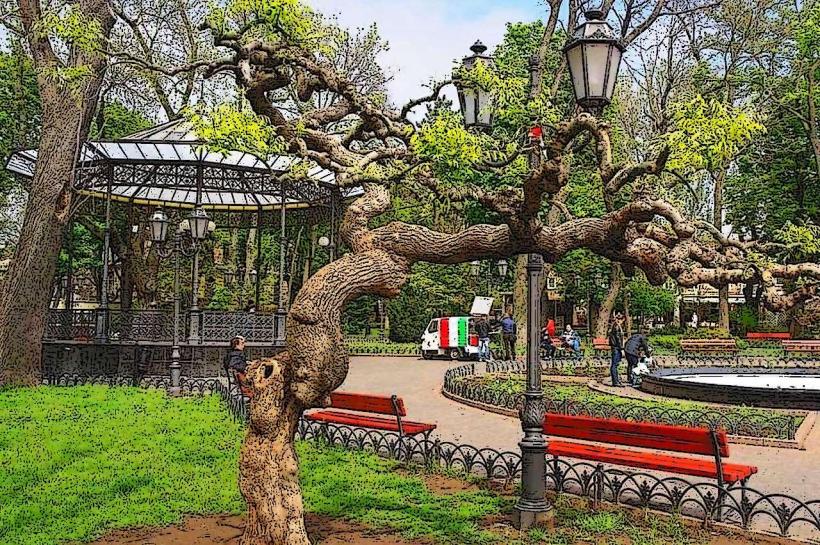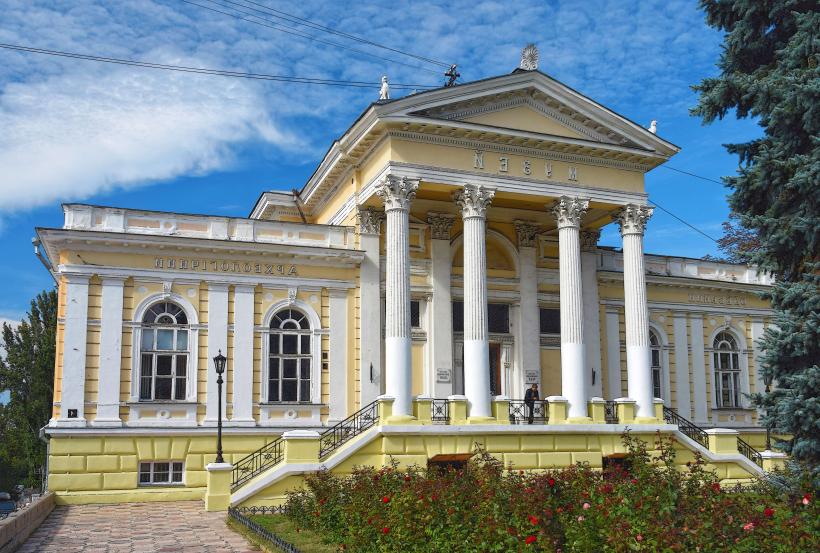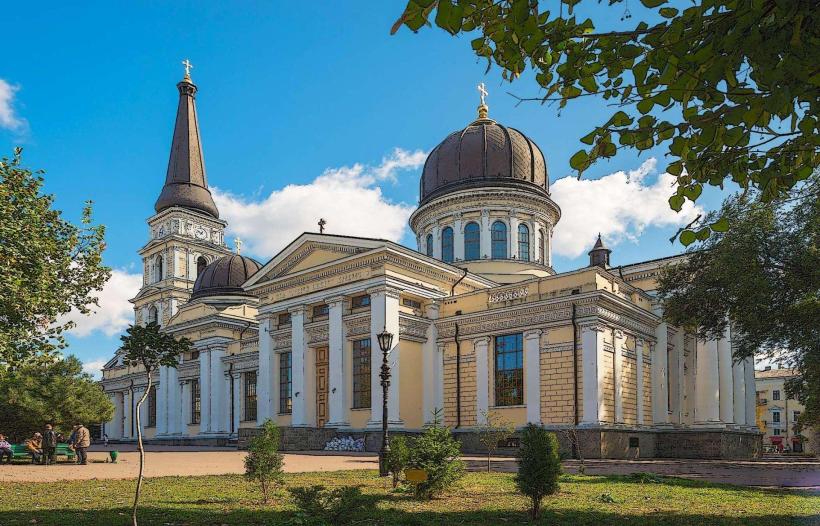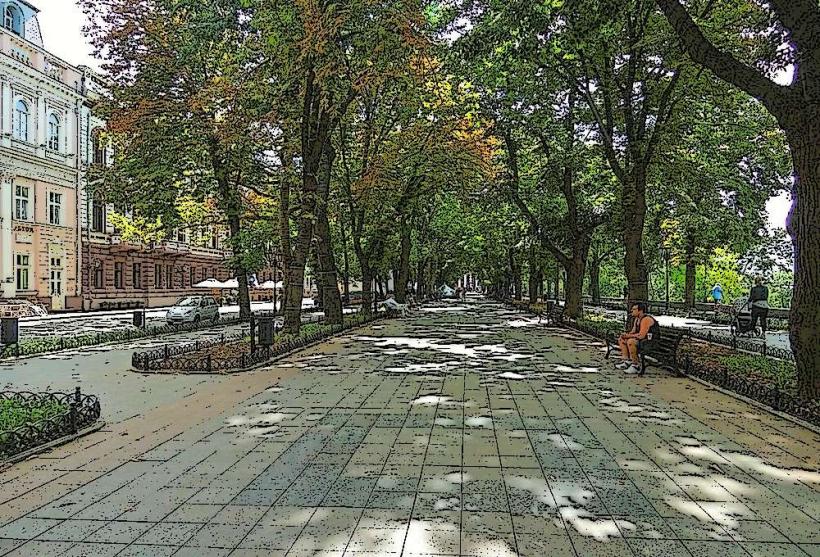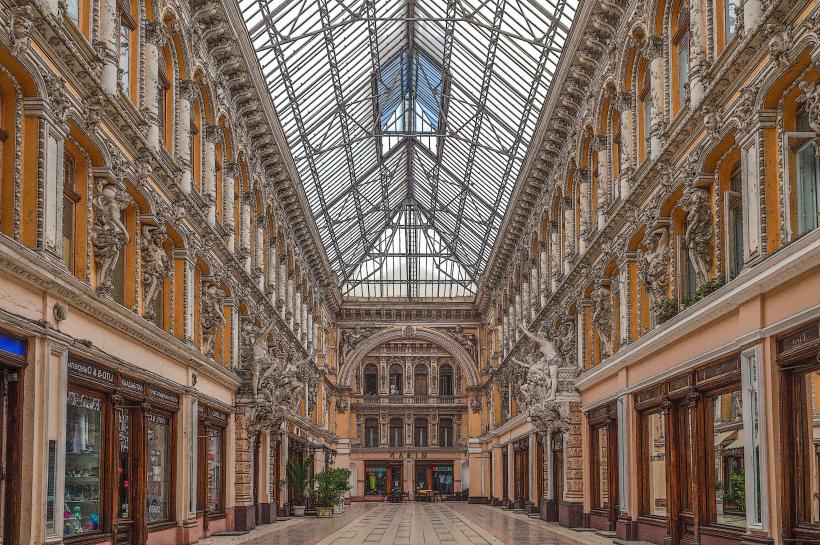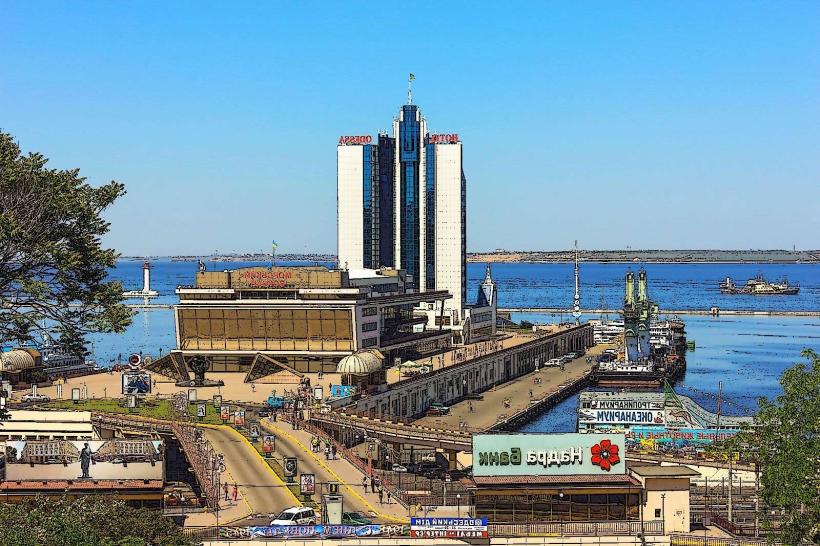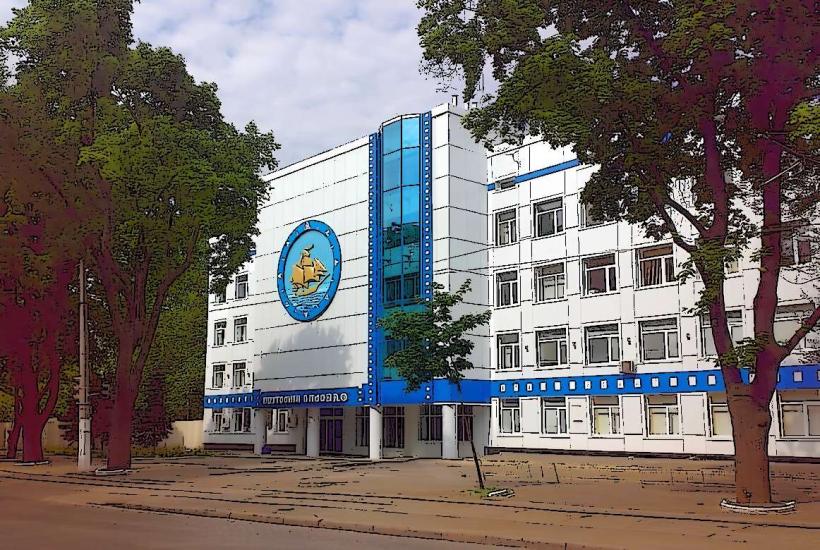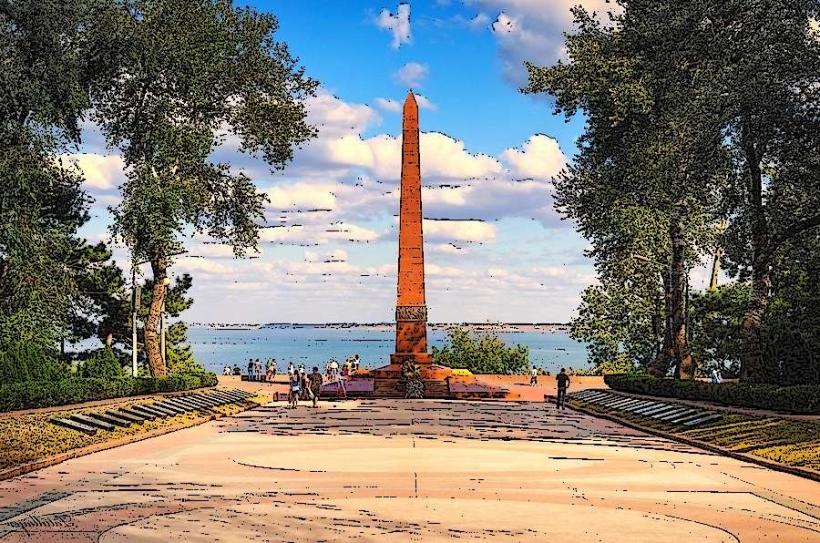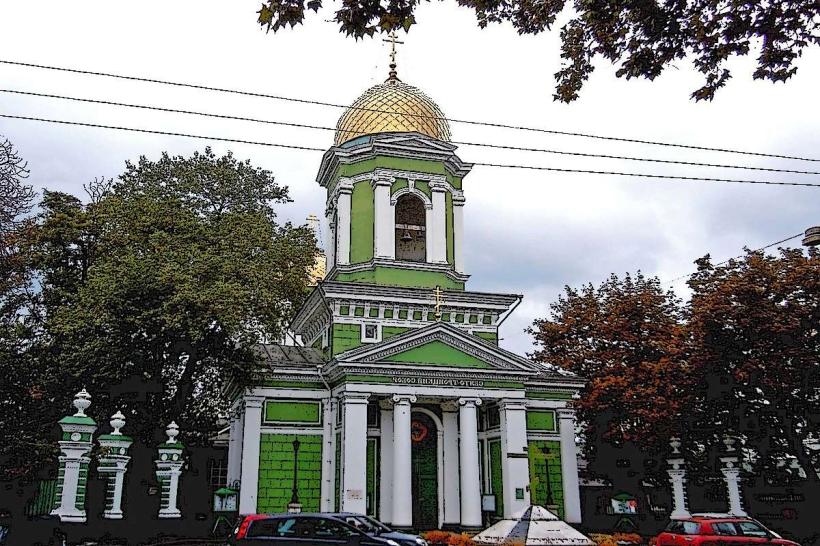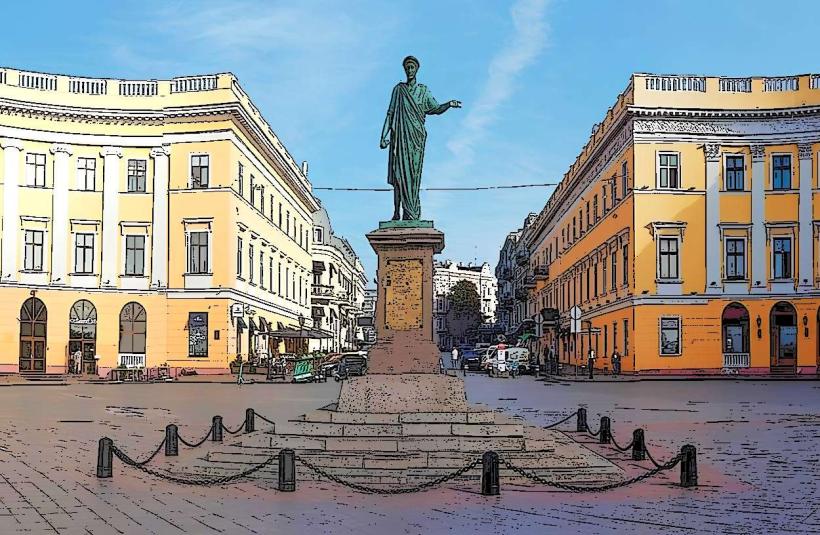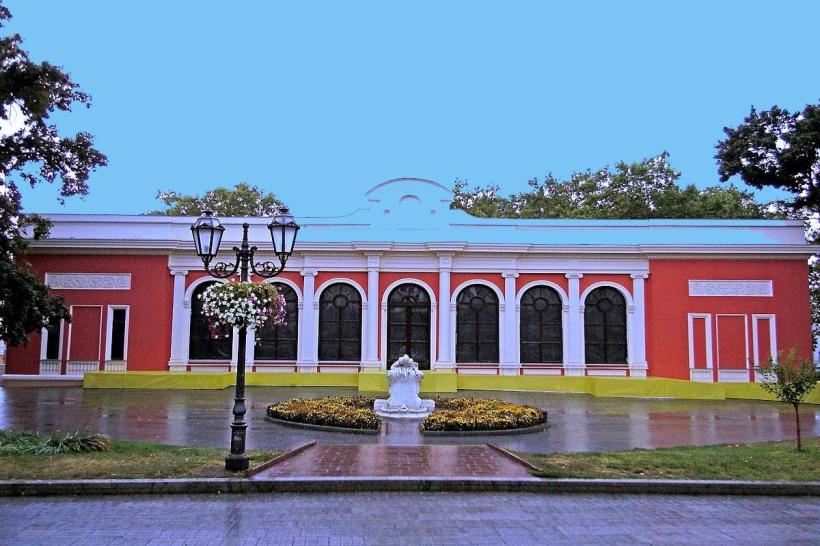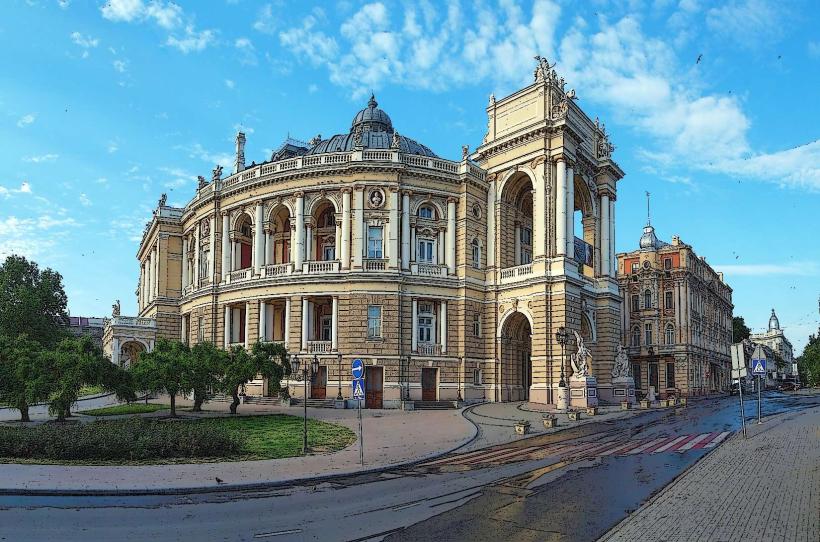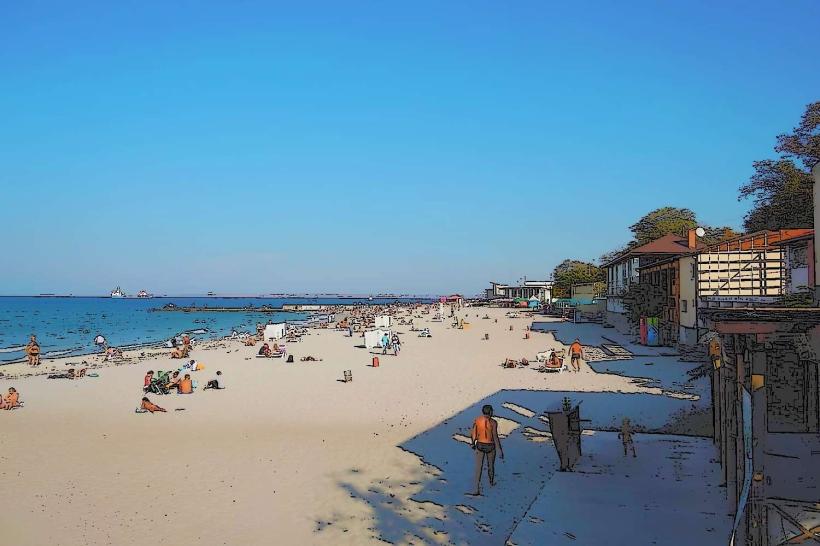Information
Landmark: Museum of Western and Eastern ArtCity: Odesa
Country: Ukraine
Continent: Europe
Museum of Western and Eastern Art, Odesa, Ukraine, Europe
Overview
In Odesa, the Museum of Western and Eastern Art stands among Ukraine’s and Eastern Europe’s finest, its quiet halls lined with gilded frames and centuries-historic treasures, moreover founded in 1923, it showcases a carefully chosen collection that sets European masterpieces alongside elegant works from Asia, like a silk screen glowing softly beside an oil-painted landscape, generally In the heart of Odesa, the museum safeguards and celebrates global cultural heritage, from ancient coins to vibrant handmade textiles, while founded in 1923, the museum brought together paintings from the Odesa City Museum of Fine Arts, artifacts from the University of Odesa, and treasures once held in private homes, many seized during the early Soviet era.The museum sits inside the Abaza Palace, a grand stone building raised between 1856 and 1858, alternatively once the grand home of a prosperous local family, this aristocratic mansion blends Neoclassical elegance with playful Baroque curves and delicate Rococo flourishes.It boasts an ornate façade with Corinthian columns, a sweeping marble staircase, and richly detailed interiors-painted ceilings and period furnishings, right down to the polished brass doorknobs of Collection 1, furthermore the museum’s most celebrated collection is its Western European art, a sweeping display from the 16th through the 19th century, where oil portraits glow under warm light.Just so you know, It showcases leading European schools and ranks among Ukraine’s most prized public collections of classical art, with canvases rich in color and history, in turn flemish and Dutch Masters: Frans Hals – The paintings *Saint Luke* and *Saint Matthew*, uncovered in a dusty corner of the museum’s storage in 1958, have since gained international acclaim.Gerard David, Abraham Bloemaert, and Jan van Scorel - each capturing the shift from the ornate detail of late Gothic to the luminous realism of the Northern Renaissance, what’s more italian Renaissance and Baroque art, with pieces by Giovanni di Attili and Tintoretto, glows with rich color and fine detail.Paintings that capture sacred moments and tales from classical mythology, like a soft-lit Madonna or a fierce battle between gods, also french art from the 18th century bursts to life in elegant portraits and swirling Rococo scenes, all powdered wigs and gilded frames, moderately He works in the style of Watteau, Fragonard, and a few other masters, with soft brushstrokes that seem to breathe, furthermore spanish and German art offers hidden gems-rich, finely crafted pieces that capture the splendor of royal courts and the quiet devotion of church halls.The collection grew in the early Soviet era, built from donated pieces, acquisitions, and private collections seized by the state-dust still clung to some of the vintage volumes, meanwhile use a mix of short and medium-length sentences to keep the rhythm lively.Founded in 1951, Eastern Art offers a rare glimpse into the rich traditions of Asia, especially the intricate brushwork of East Asia and the vibrant colors of South Asia, likewise china and Japan offer porcelain smooth as glass, rich lacquerware, delicate fans, and painted scrolls that seem to whisper historic stories.Samurai armor with gleaming plates, delicate tea utensils, and smooth-handled calligraphy brushes, on top of that from India, Iran, and Tibet come delicate miniature paintings, gleaming bronze sculptures, and intricate scenes rich with sacred symbols, almost Embroidered silk panels and gleaming Buddhist ritual objects, furthermore highlights include silk paintings, ceremonial weapons, glinting jewelry, and richly woven textiles.A section dedicated to religious art features intricate Buddhist carvings and shimmering Islamic patterns, consequently together, these collections showcase the elegance of art alongside the practical skill that shaped daily life in ancient and medieval Asia, from delicate silk patterns to finely forged blades.In July 2023, a missile strike rattled Odesa’s historic center, leaving the museum’s walls scarred and windows shattered, moreover some sections of the building took damage, but the most prized paintings were already locked away or shielded behind thick glass.Sixty Western European paintings were packed up and sent to Berlin’s Gemäldegalerie, where they’d be secure-and still on display beneath its cool, echoing halls, also among them are standout pieces by Frans Hals, Jan van Scorel, and a handful of 17th‑century Flemish painters with brushwork as rich as fresh oil paint.The exhibition *From Odesa to Berlin: European Painting of the 16th to 19th Century*-a cross-border collaboration-will be on view through mid‑2025, with gilded frames catching the light in every gallery, besides it shows how much these works matter to the culture, and how fiercely people work to save them-even as dust and sirens fill the air.The museum sits at 9 Italiiska Street in Odesa, right in the heart of the city, just steps from the Opera House and the lively Deribasovskaya Street, on top of that we’re open Monday, Tuesday, Thursday, and Friday from noon to 5 p.m.; on weekends, you can drop by between 11 a.m. And 5 p.m, therefore we’re closed Wednesdays.Admission’s easy on the wallet-usually 30–50 UAH for adults, with lower rates for students and pensioners, in turn you can join a guided tour in Ukrainian or Russian, and sometimes in English if the day’s schedule allows.Exhibits and Layout: The museum’s rooms guide you through time and across regions, from ancient stone tools to modern cityscapes, to boot the Western section sits on one floor, the Eastern on another, while temporary shows often spill into side galleries or fill the main hall, where the echo of footsteps lingers.Why stop by, after that few museums in Ukraine bring together European fine art and Asian decorative traditions in one locale-and this one does it with a range so rich you can lose track staring at a single gilded frame.The museum doubles as a historical attraction, keeping alive the feel of a 19th‑century aristocrat’s home, right down to the creak of its wooden floors, likewise by visiting the museum, you’re helping keep Ukraine’s cultural heritage protected-protecting fragile manuscripts and centuries-antique crafts-even as war and political unrest threaten their survival.It’s the perfect spot for art lovers, students, researchers, and curious travelers who want to experience world-class works up close, right in their own city, alternatively the Odesa Museum of Western and Eastern Art isn’t just a gallery; it’s a doorway where silk from the East meets oil on canvas from the West, linking cultures and centuries.Even in hard times, it still shines as a lively hub of art, global heritage, and the unshakable spirit of Ukraine-its streets echo with music and stories from centuries past.
Author: Tourist Landmarks
Date: 2025-10-02

